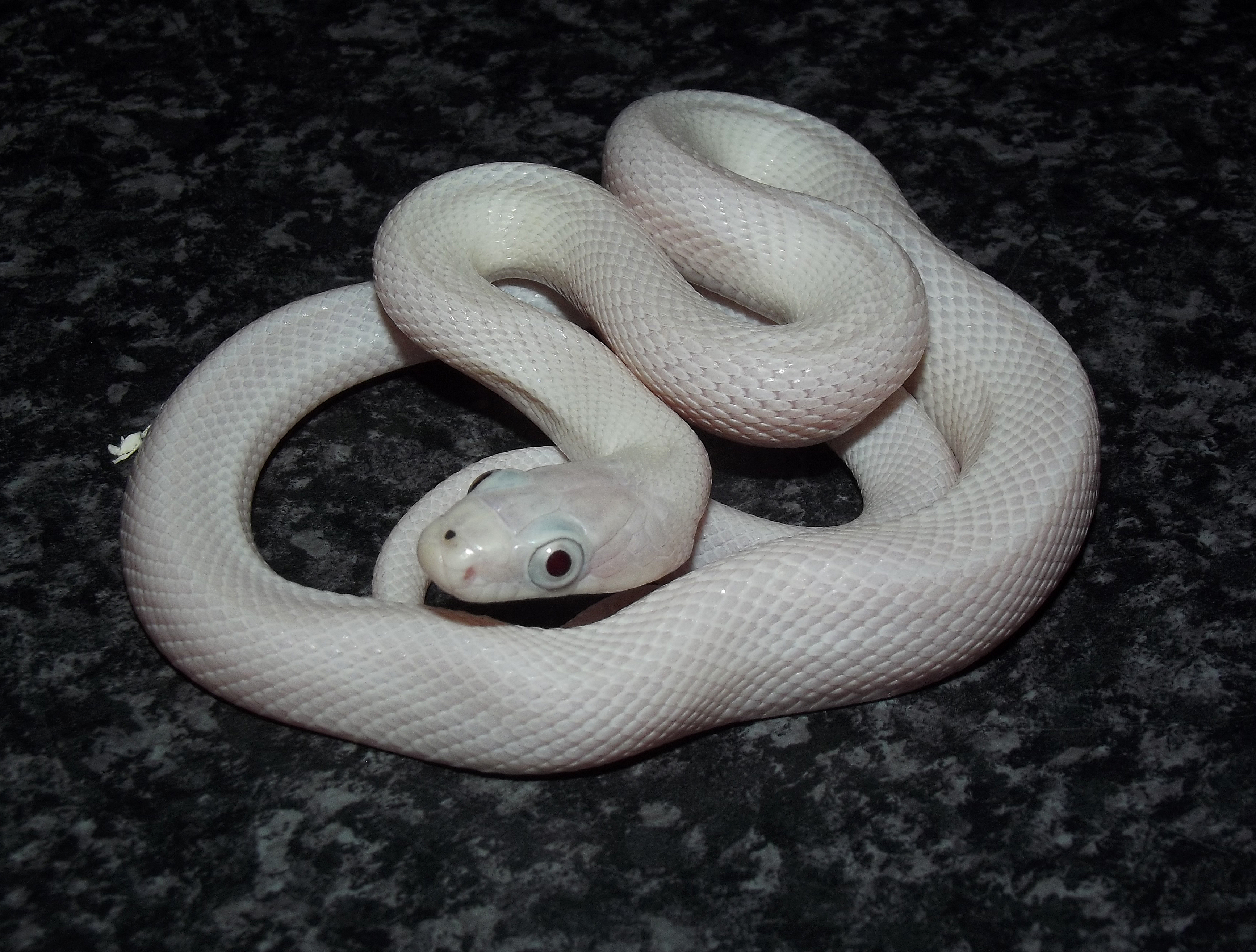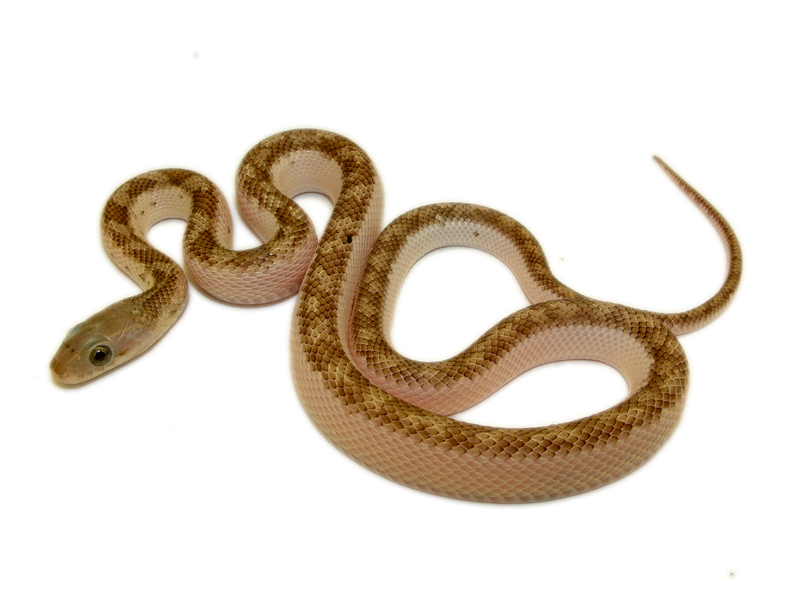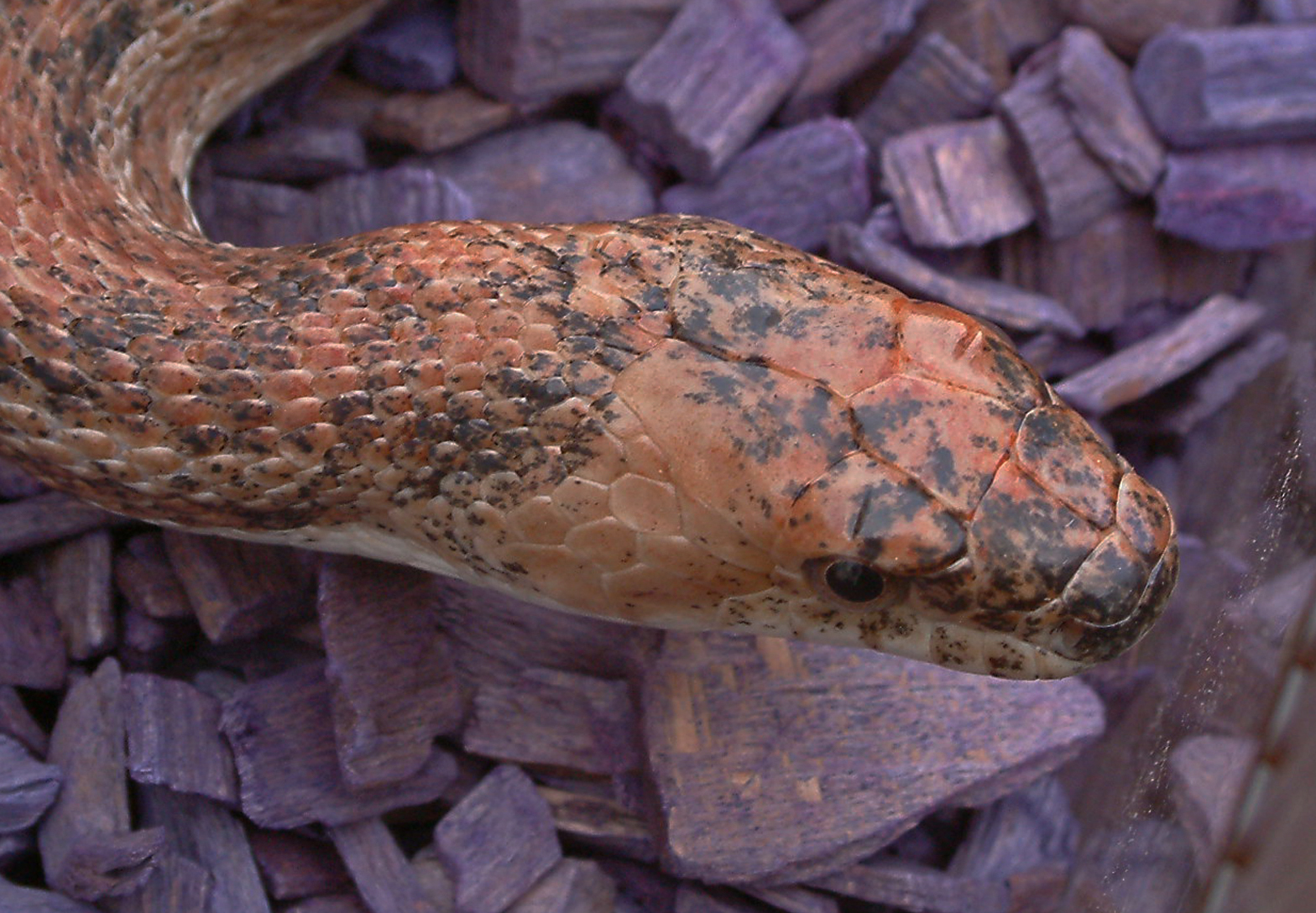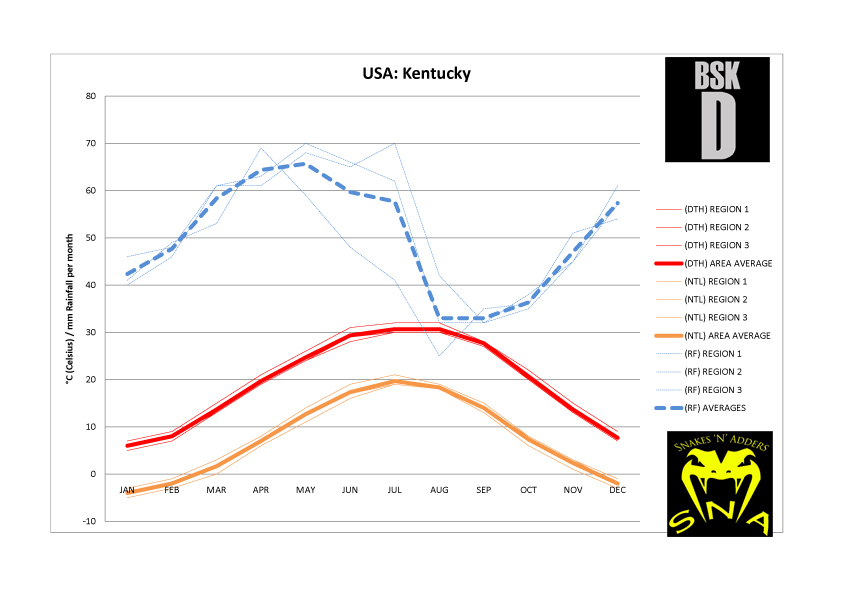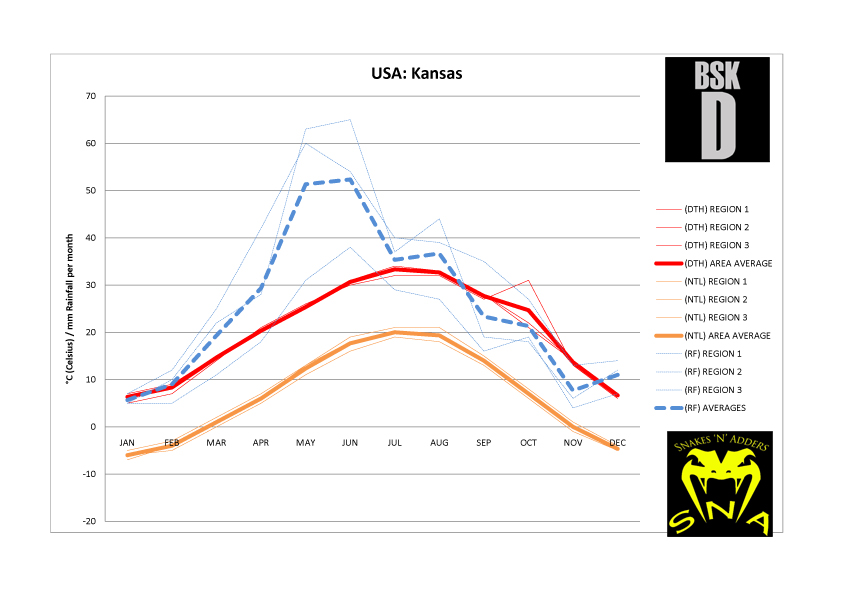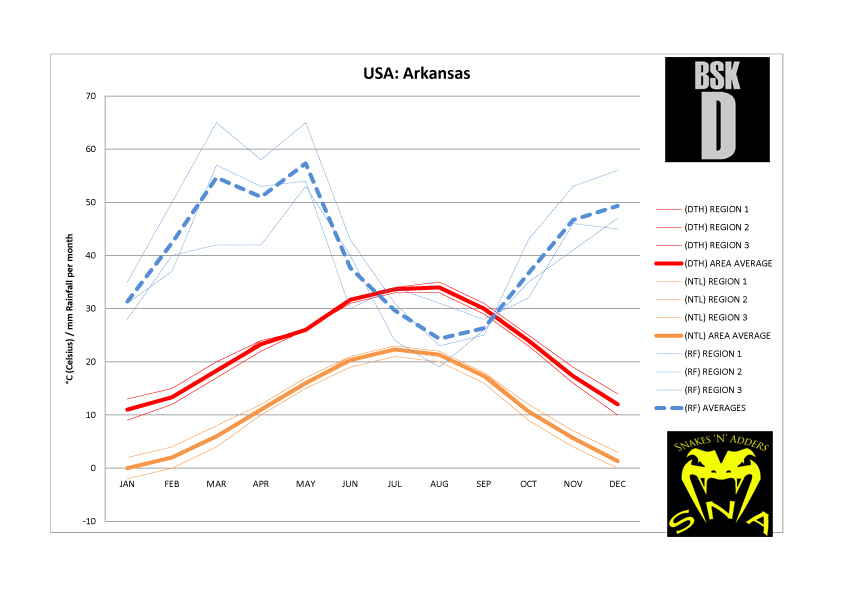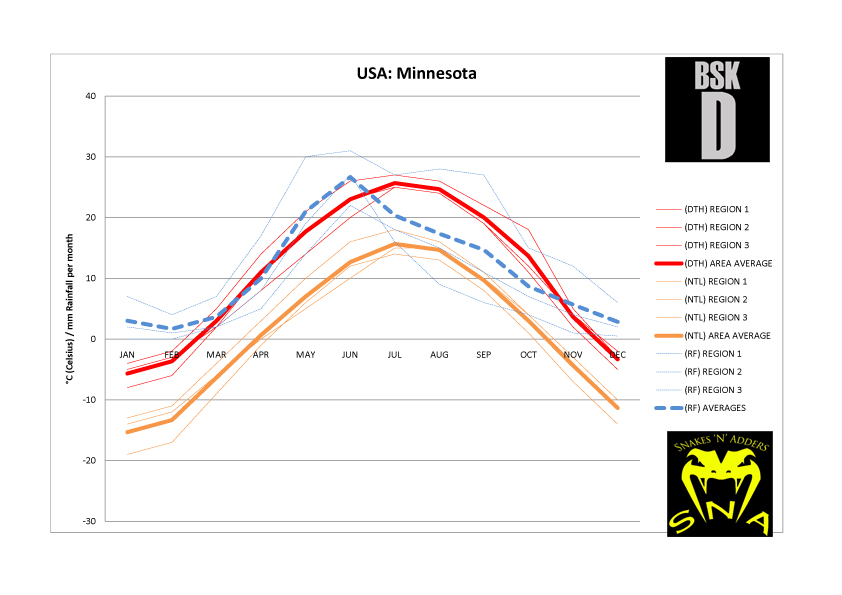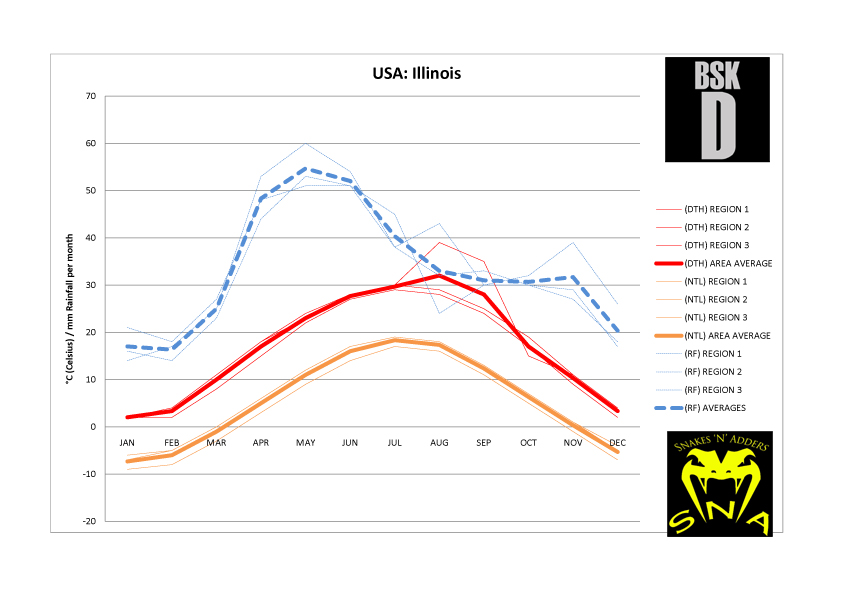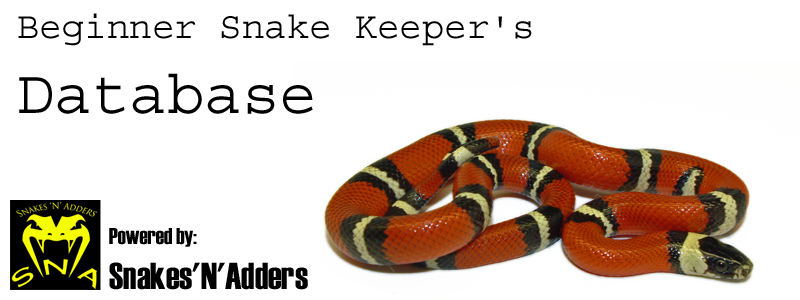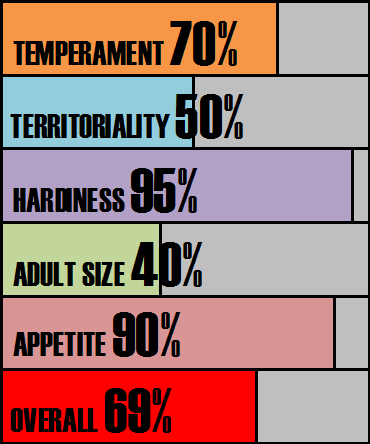

Species Notes based on experiences:
Black Rat Snakes nowadays compared to what I know a Black Rat Snake as is somewhat different. Time was that all the Northern range of the ‘obsoleta’ snakes from East to West were considered the Black Rat Snake. Nowadays it is just the Western element of that range coupled with the range of the Texas Rat Snake to make the Western Rat Snake. I find this counter intuitive to what the hobby has been doing for the last 50 years. I intend to deal with the American Rat Snakes and the previously recognised subspecies as they were rather than they are now. You will find many dealers and shops will still operate upon similar lines too. Black Rat Snakes are large athletic snakes, they can be strikingly pretty or painfully drab and the changes that create this mix are subtle. The most sought after are the darkest of animals that are near solid black with white chins. The snakes are not born this way. They are born saddled like the rest of the group but as they grow melanin spreads throughout the skin obliterating the pattern. Occasionally as an adult saddles can be seen . It the saddle contrast colour is white this is particularly fetching however if this is a hue of browns or yellows this can be less pleasing to the eye. They will feed on a range of prey including chicks and bird eggs as well as mice and rats of appropriate size. This snake has a long history in the hobby and has been bred for up to 50 years. That said they were still predominantly wild caught imports in the UK until well into the later 1990’s. Originally this gave them a fearsome reputation.
Score analysis:
When considering temperament, Black Rat Snakes if worked with from an early age can become totally tame and trustworthy animals in a similar vein to their more diminutive cousin the Corn Snake. Particularly with younger animals an air of distrust may initially persist. This may involve tail rattling, musking and even bluff strikes. Some specimens may flatten their head into an arrow shape to try and look intimidating. All this is short lived after a couple of weeks of regular handling these behaviours will usually abate. This is a species that benefits from time put into the snake. You get out what you put in.
Territory disputes are more likely to occur than temperament issues. Regardless of how long you have had your Rat Snake they never seem fond of being disturbed and can be quite grumpy about it. This may involve darting to the other end of the enclosure or rattling their tail loudly in the substrate. Whilst this isn’t really a hissing snake they make their displeasure known by raising the front 1/3 of their body into a series of ‘S’s. The head may also be flattened. This is nearly always bluff. Generally these snakes are not quick to bite. Most of the time once removed from the enclosure these behaviours will cease.
Black Rat Snakes have proven over the years of being kept to be very tough snakes capable of growing and breeding in even the most haphazard of care. They are resilient and do not fall ill easily. Their natural range is often brutal and unforgiving.
The average mature size of a Black Rat Snake is to around 6ft but animals in excess of 2 metres are relatively common. This can be an intimidating size snake to work with. Because of the potential adult size this snake may be better suited to older teens and adults who have the confidence required with larger stronger snakes.
All North American Rat Snakes have a superb appetite. They will accept a range of prey items and grow rapidly. Care must be taken not to create obese animals as they are also willing to feed too well. Of all the things that could go wrong with a pet snake. A rat Snake and its love of food will not be one of them.
Enclosure recommendations:
Tub:
This species is not suitable for keeping in a tub long term
Vivarium:
120cm x 60cm x 60cm
Budget rig: -
60cm x 30cm heat pad
On / off thermostat
Digital thermometer to monitor thermostat performance
Warm hide
Cool hide
Water bowl
substrate
Recommended rig (vivarium only): -
250w ceramic heat emitter
Ceramic lamp holder and bracket
Bulb guard
Day night thermostat
Digital thermometer to monitor thermostat performance
Various logs and caves along the thermal gradient
Damp hide (optional)
Climbing and exercise branches
Plants and foliage (live or artificial – your choice)
Water bowl
Substrate
UVB light (8w T5 shade dweller 7% kit from Arcadia or equivalent) (optional)
Subterranean section to vivarium for further psychological security (optional)
Climate analysis:
This is a Northern species compared to other species on this site. The winters endured are arduous. Across the entirety of their natural range sub zero temperatures will e a feature for a protracted period. Owing to many generations of captive bred animals now being produced the need to brumate seems to have become less and less of a pre-requisite. In truth we would always encourage breeders in the UK to overwinter their animals for at least 2 months at cool temperatures (max 12°c) with no food. This will help to control body weight and also control fertility.
Conclusion:
The largest of the American Rat Snakes, also available in a range of pattern and colour mutations including the much sought after ‘brindle’ phase. This species seemed to really take off in popularity when we started to see the White sided or Liquorice Stick coming through from America. This gene was first seen in the Black Rat Snake and then Texas Rat Snake (Pantherophis obsoletus lindheimeri). It is a real shame that potentially what safeguards a species future in this hobby is the presence of genetic mutations to play around with and sell for extra value. This is an interesting, active rewarding snake that is tough and easy going in its requirements . The only thing that really hampers it is eventual adult size (even then not all the time just occasionally). If a larger species does not bother you this is a great pet snake species.
